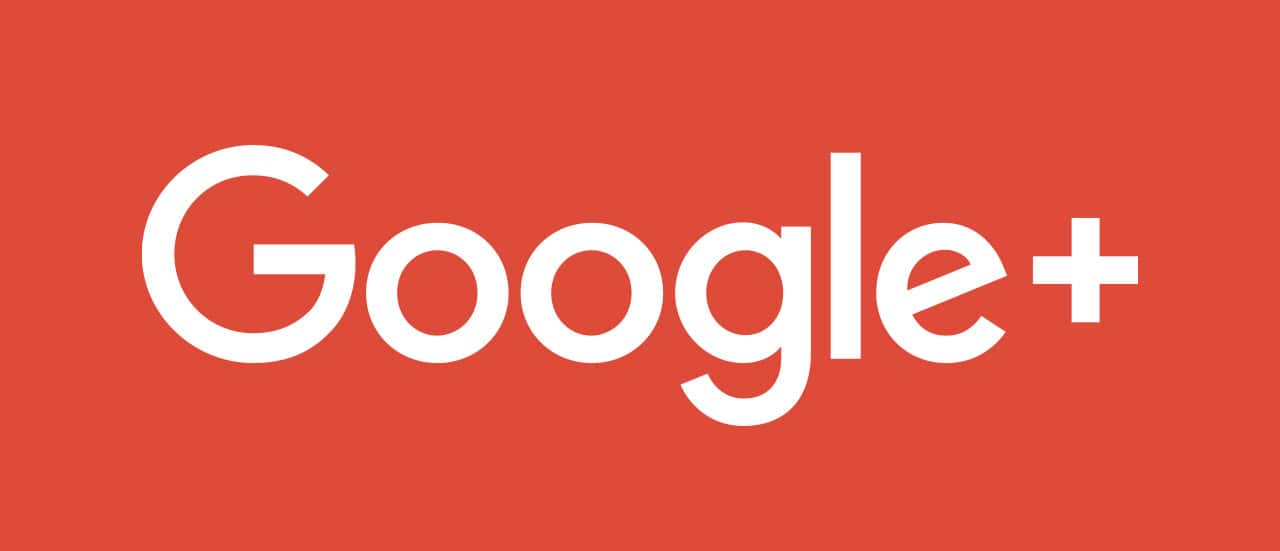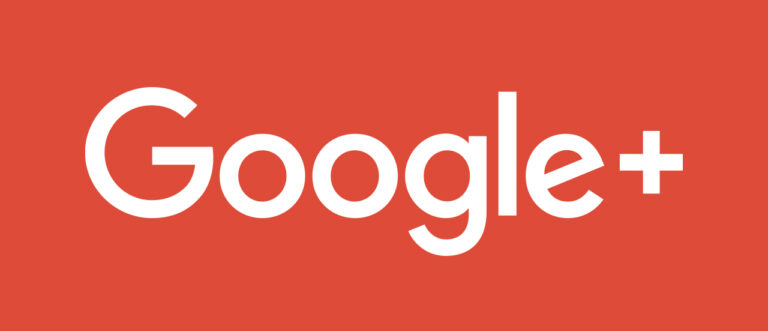Google is officially closing down Google+, its once-heralded and subsequently shunned social media platform, to the disappointment of very few businesses and marketers.
Google has planned to shutdown the platform for consumers in August 2019, citing low user engagement.
However, this also comes off the back of a software bug reported by the Wall Street Journal, which meant data of many, many Google+ users were exposed. Google responded to say that the data exposure was due to a bug in an API, and profiles of up to 500,000 Google+ accounts could have been affected. This included names, email, demographics and other data.

Google stated that, as a result of “Project Strobe”:
Our review showed that our Google+ APIs, and the associated controls for consumers, are challenging to develop and maintain. Underlining this, as part of our Project Strobe audit, we discovered a bug in one of the Google+ People APIs
Why has Google shut down Google+ now?
Google’s official stance is:
“This review crystallized what we’ve known for a while: that while our engineering teams have put a lot of effort and dedication into building Google+ over the years, it has not achieved broad consumer or developer adoption, and has seen limited user interaction with apps. The consumer version of Google+ currently has low usage and engagement: 90 percent of Google+ user sessions are less than five seconds.
“…The review did highlight the significant challenges in creating and maintaining a successful Google+ that meets consumers’ expectations. Given these challenges and the very low usage of the consumer version of Google+, we decided to sunset the consumer version of Google+.”
It seems that to Google, it was as good as any time to announce Google+ was to be put to bed. However, Google will maintain a version for enterprise communication as it is used internally at Google.
What the end of Google+ means for businesses, marketers and social media marketing
Most marketers and businesses aren’t likely to have been using Google+ for any meaningful marketing for some time now, if at all.
While Google+ communities offered a unique way of finding audiences, this engagement soon dropped off except for particular niches.
Posts to the Google search results have also had limited visibility for some time now, so again, unlikely to impact any marketers or businesses.
If anything, this closure of Google+ due to a particular bug shows a sign of how important data privacy and security has become in the public eye. So important, that Google has just thrown in the towel and closed down a social network partially due to one leak that isn’t considered a huge one in comparison to some of the data breaches in the past few years.
Google+ was, however, always regarded as important for SEO for a few reasons, which will now definitely be deemed defunct:
The +1 rankings
Websites could implement “plus one” or +1 buttons related to Google+ when the platform launched, and Google suggested these were one of the many signals used on rankings in Google#s search results.
Clearly now, this is meaningless and no websites use these plus one buttons or indicators.
SEO and social posts
Google+ as a social network has also always been at the back of any SEO’s mind. Google seemed to also suggest that content or site pages posted on the network would help with rankings. While it was never clear how much difference this really made, it likely didn’t do much. With hindsight, that is easy to say, but when Google+ was a real contender, helping SEO but posting to the platform was a no-brainer.
Google has pushed back as Google+ popularity waned, so this is now old hat. Google+ postings have no impact on rankings.
However, in the past Google+ did influence search results. Google’s “Search, Plus Your World” personalised results based on Google+ friends searches and clicks, alongside your own photos and emails based on your account details. Nowadays, Google uses little personalisation so this has all gone by the wayside.
Google+ did take the place of Google Places (which is now Google My Business) but now, the focus is back on Google My Business. So the Google+ business listing you think you may have had, other than a Google+ profile, is just under the Google My Business banner now. Google doesn’t like making their product names and strategy simple.
Google+ Origins
Google+ was launched back in 2011 as Google’s 4th attempt at breaking into the social networking space. It’s lasted 7 long years, but hasn’t been relevant for much of those.
Google+ initially seemed to offer a very real future for social media. It blended the profiles of Facebook with the concept of “followers” made popular by Twitter.
Coming off the back of an “exclusive”, invite-only program, Google+ managed to create a fair amount of hype. Back in 2011, social networks had come and gone frequently, so many saw Google+ as the next platform to take Facebook’s crown which would inevitably slip. 7 years later, it seems Facebook has cemented itself.
Social media in itself is still young – and back in the early days, it was natural for particular networks or platforms to rise and fall in popularity. Now we are in 2018, it’s unlikely there will be any real challengers to Facebook, Twitter, Instagram or Snapchat in the near future. Perhaps a new network will launch that fills a particular niche or fits into a vertical one of these doesn’t. But quite simply, the existing platforms are big enough to either buy-out and consume any challengers that show promise, or simply copy whatever functionality new social media platforms offer without any shame, and establish their own platform as the best way to engage in that particular way.
Snapchat was the last real platform to offer something different that took off. Disappearing messages, daily 24-hour stories and filters have all been added to Instagram, Facebook and other platforms. Instagram Stories, while a shameless clone of Snapchat’s feature, has arguably become more popular with most demographics and especially for brands. It saves using 2 separate platforms to achieve the same messaging, so you can focus on just Instagram.
So why has Google+ failed where others succeeded? It offered nothing especially new. While at the time the interface was a lot cleaner and modern than Facebook, which was at the height of its beginning rise to clutter and excessive feature-creep, Google+ didn’t do anything revolutionary.
The invite-only programme created hype, but inevitably everyone didn’t end up on the platform. If everyone signed up and began using it from the get-go, this may have been a different story. However, social media networks are only good when your friends are there. And by the time it opened up to everyone, people signed up and saw little engagement or use for it over existing platforms.
Goodbye to Google+
Google+ is being shut down over the next 10 months, which will be completed by the end of August 2019.












